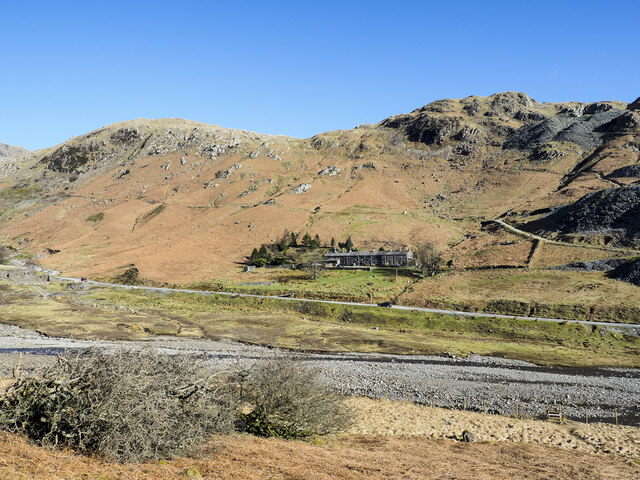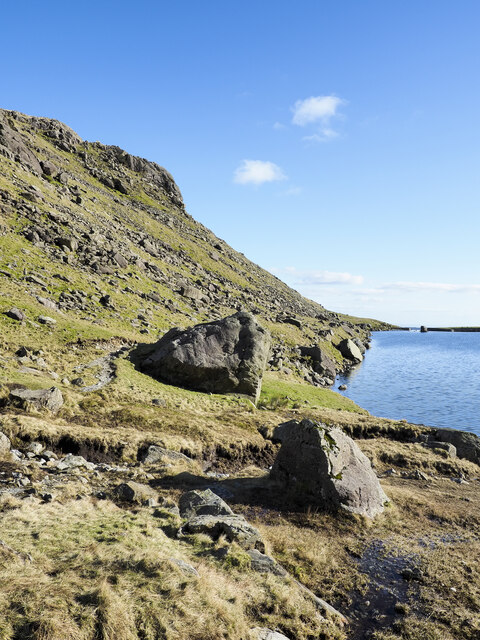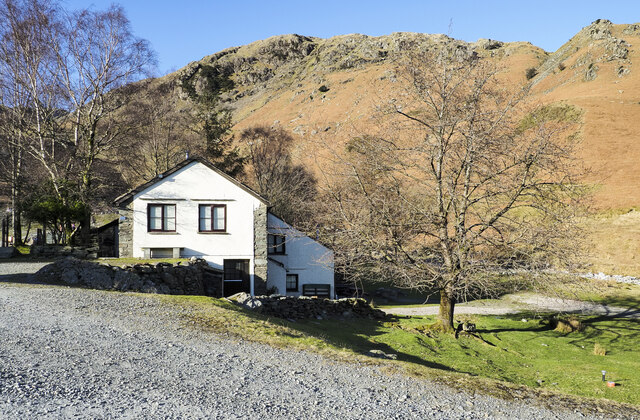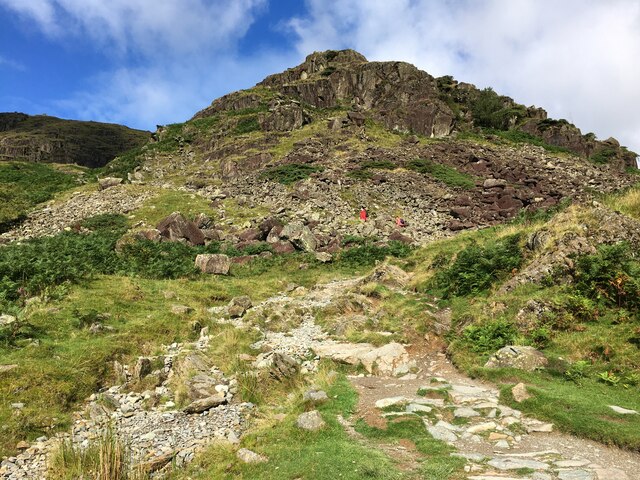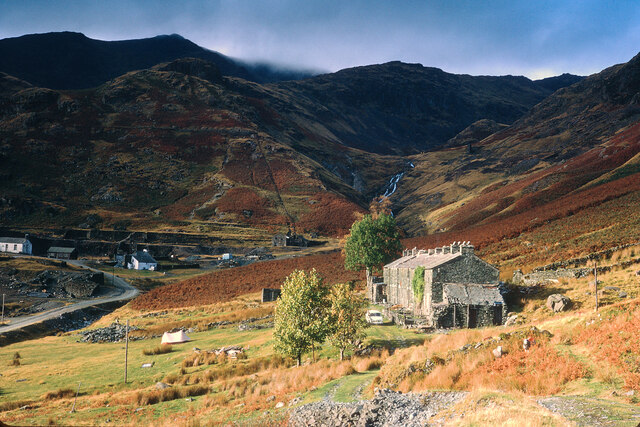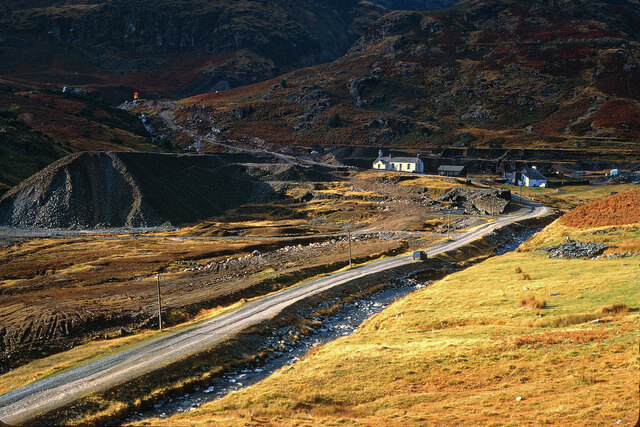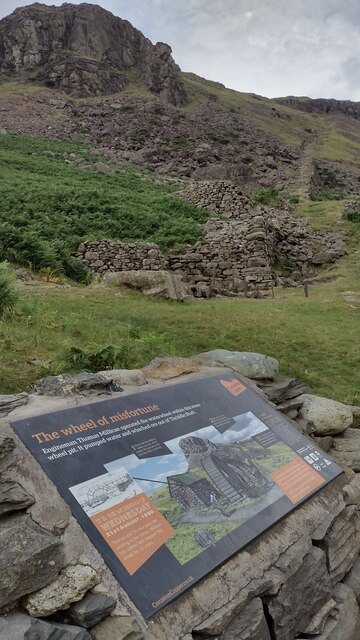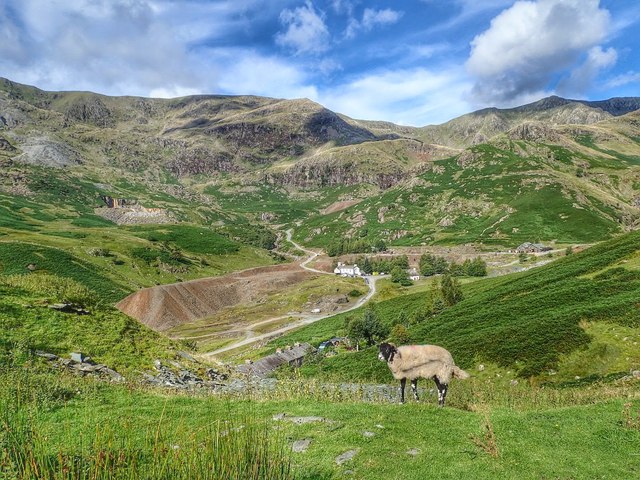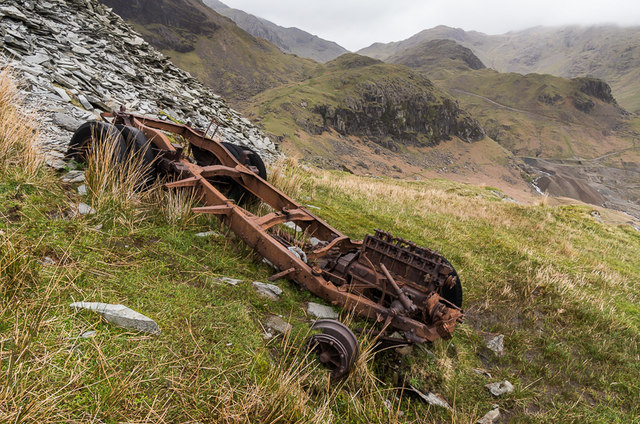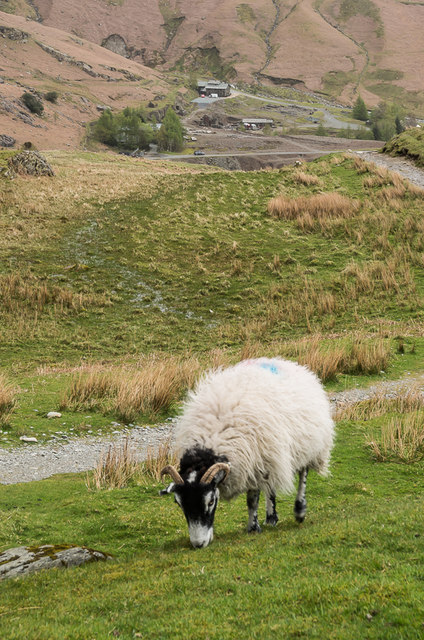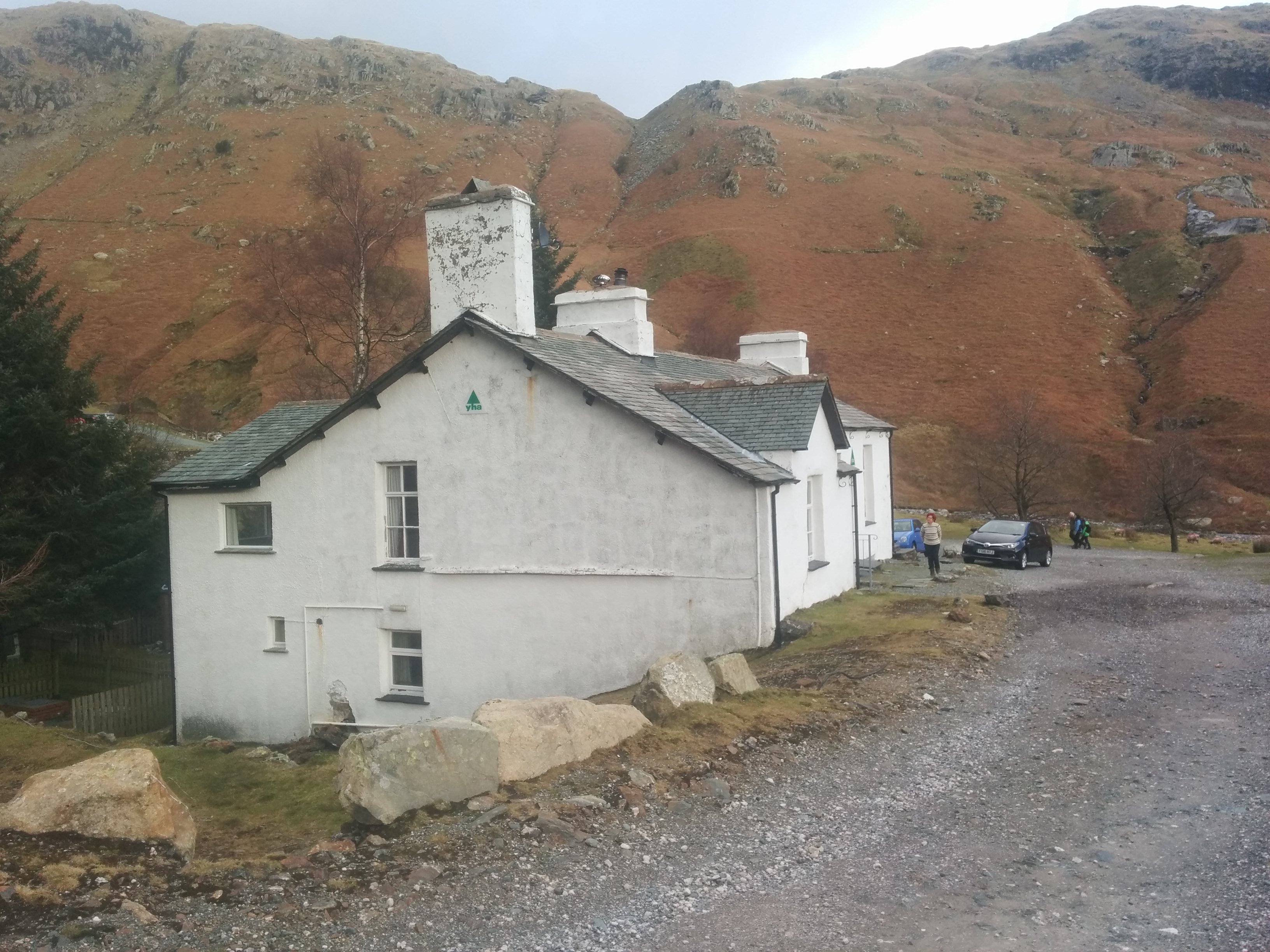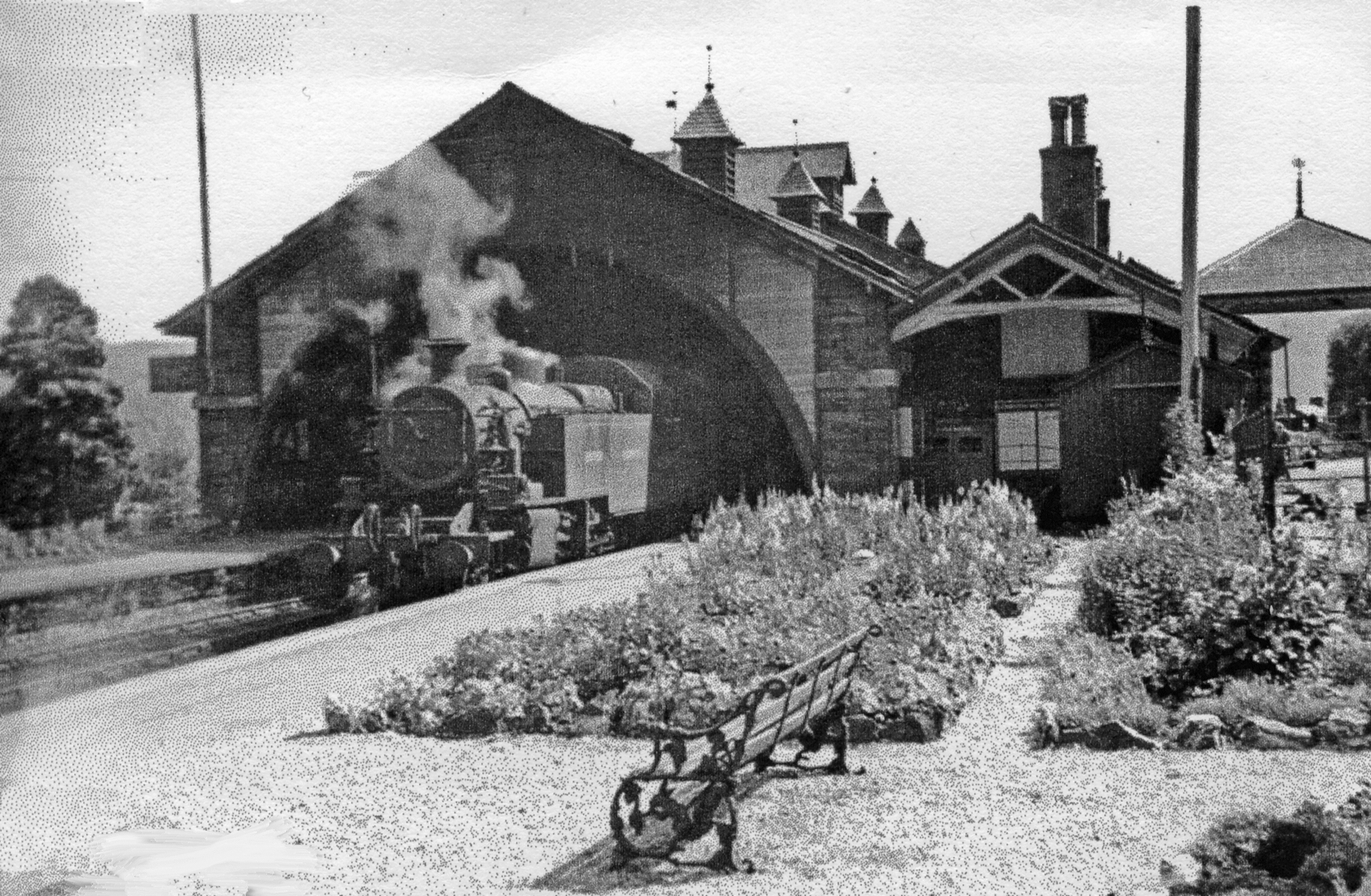Coniston
Civil Parish in Lancashire South Lakeland
England
Coniston
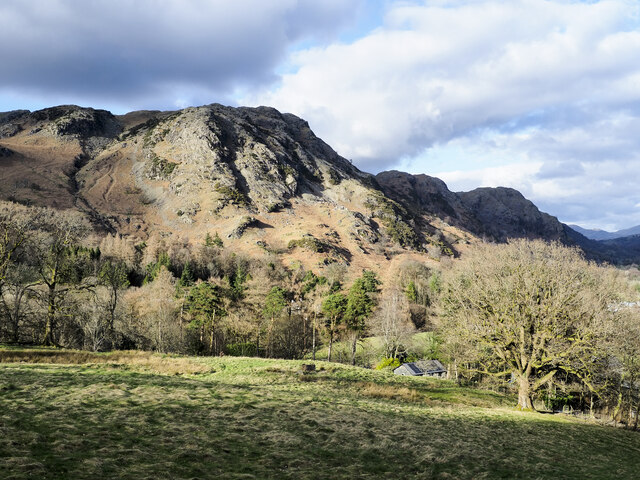
Coniston is a civil parish located in the county of Lancashire, England. Situated in the southern part of the county, it is part of the South Lakeland district. With a population of around 1,000 residents, it is a small and close-knit community.
The village of Coniston is nestled in the beautiful Lake District National Park, surrounded by stunning natural landscapes. It is renowned for its picturesque setting, with the iconic Coniston Water, a glacial lake, dominating the area. The lake offers various recreational activities, including boating, fishing, and sailing, attracting tourists and locals alike.
Coniston has a rich history, dating back to the medieval period. It was primarily an agricultural area, known for its fertile land and sheep farming. The village grew in the 19th century with the development of mining and quarrying industries, particularly for copper and slate. The remnants of these industries can still be seen in the local landscape, contributing to the area's historical significance.
Today, Coniston is a popular tourist destination, offering a range of amenities and attractions. The village has several quaint shops, welcoming pubs, and cozy cafes where visitors can relax and soak in the scenic beauty. One of the notable landmarks is the Coniston Institute, a community center that hosts various events and activities.
Coniston also gained fame through its association with author and illustrator Beatrix Potter, who owned property in the area. Her connection with the village is celebrated through the annual Coniston Winter Festival, which showcases local arts, crafts, and performances.
Overall, Coniston is a charming and idyllic village, attracting visitors with its natural beauty, historical heritage, and warm community spirit.
If you have any feedback on the listing, please let us know in the comments section below.
Coniston Images
Images are sourced within 2km of 54.380542/-3.080312 or Grid Reference SD2998. Thanks to Geograph Open Source API. All images are credited.
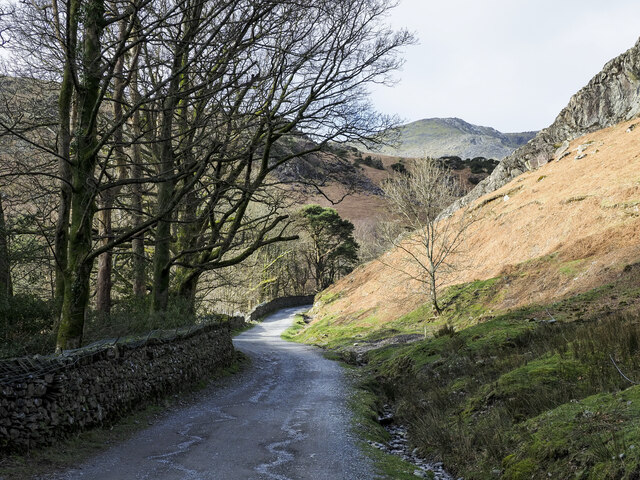
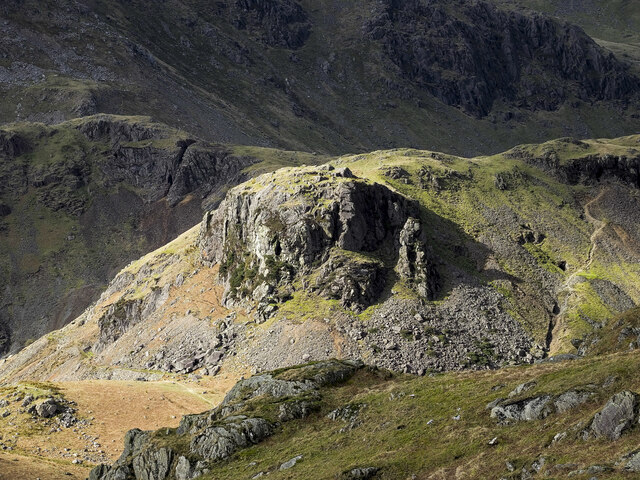
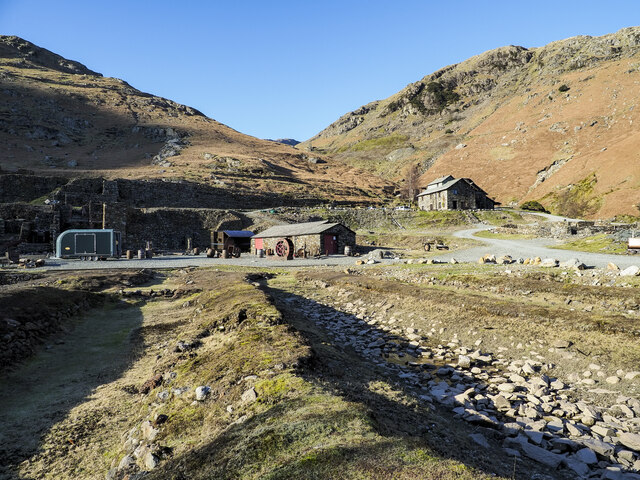
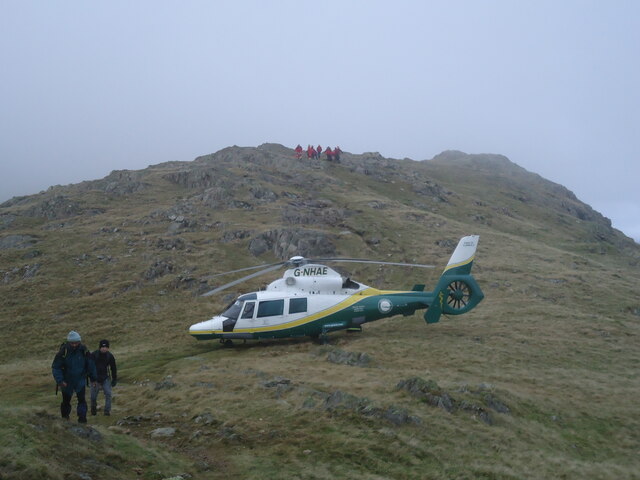
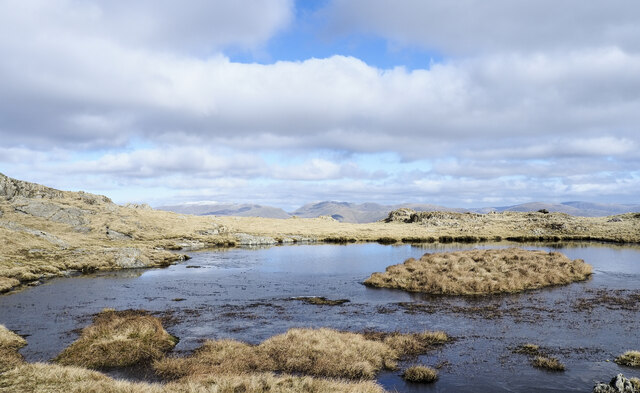
Coniston is located at Grid Ref: SD2998 (Lat: 54.380542, Lng: -3.080312)
Administrative County: Cumbria
District: South Lakeland
Police Authority: Cumbria
What 3 Words
///copes.koala.comforted. Near Ambleside, Cumbria
Nearby Locations
Related Wikis
Coniston copper mines
The Coniston copper mines were a copper mining operation in Lancashire, England. It was functional for hundreds of years in Coppermines Valley above Coniston...
Ruskin Museum
The Ruskin Museum is a small local museum in Coniston, Cumbria, northern England. It was established in 1901 by W. G. Collingwood, an artist and antiquarian...
Coniston railway station (England)
Coniston railway station was the northern terminus of the Coniston branch line in the village of Coniston, Lancashire, England (now in Cumbria). ��2�...
Coniston, Cumbria
Coniston is a village and civil parish in the Westmorland and Furness district of Cumbria, England. In the 2001 census the parish had a population of 1...
Nearby Amenities
Located within 500m of 54.380542,-3.080312Have you been to Coniston?
Leave your review of Coniston below (or comments, questions and feedback).
